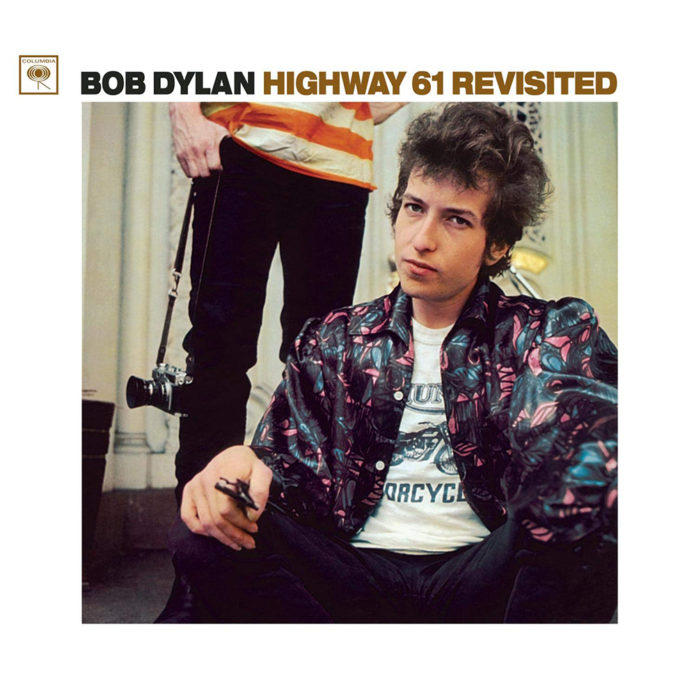Bob Dylan’s Highway 61 Revisited is widely regarded as one of the greatest albums of all time, but there are plenty of lesser-known details about its creation and legacy. Here are five surprising facts about the album:
1. The Album Title Faced Resistance
Dylan had to push back against Columbia Records to name the album Highway 61 Revisited. Executives didn’t initially grasp the significance of the highway, a route deeply rooted in blues history, stretching from Dylan’s birthplace in Duluth to the Mississippi Delta. After climbing the chain of command, Dylan eventually got his wish, solidifying the album’s connection to the musical and cultural heritage of America.
2. Al Kooper’s Organ on “Like a Rolling Stone” Was Improvised
Al Kooper, primarily a guitarist, was invited to the recording session as a spectator. Despite having little experience on the organ, he jumped in and played an improvised riff during “Like a Rolling Stone.” Dylan loved Kooper’s unexpected contribution, which became a defining feature of the song’s sound. The spontaneous organ part is now regarded as one of the most iconic moments in rock history.
3. “Desolation Row” Was Almost Recorded Electrically
Dylan initially recorded “Desolation Row” as an electric song, with Al Kooper on guitar and Harvey Brooks on bass. However, the electric version didn’t capture the atmosphere Dylan was aiming for, and he ultimately decided to record it acoustically. The final version, with its sparse instrumentation, became a poetic, haunting 11-minute epic that closed the album with a powerful sense of isolation.
4. A Siren Whistle Played a Key Role on the Title Track
In the title track “Highway 61 Revisited,” Dylan used a police siren whistle to punctuate the lyrics, giving the song an erratic and playful energy. This unconventional addition complemented the surreal storytelling, where biblical figures and modern characters intersect along the famous highway. The whistle became a quirky, unforgettable detail that helped capture the chaotic spirit of the album.
5. The Album Cover Was Shot at Albert Grossman’s Apartment
The cover of Highway 61 Revisited was shot by photographer Daniel Kramer outside the New York City apartment of Dylan’s manager, Albert Grossman. Dylan’s casual pose, wearing a Triumph motorcycle T-shirt and Ray-Ban sunglasses, exudes cool detachment. The image, which includes a partial view of Dylan’s friend Bob Neuwirth, perfectly matched the rebellious and mysterious aura that defined the album.
These facts provide just a glimpse into the creative process behind Highway 61 Revisited, a record that continues to influence generations of musicians and fans alike.







